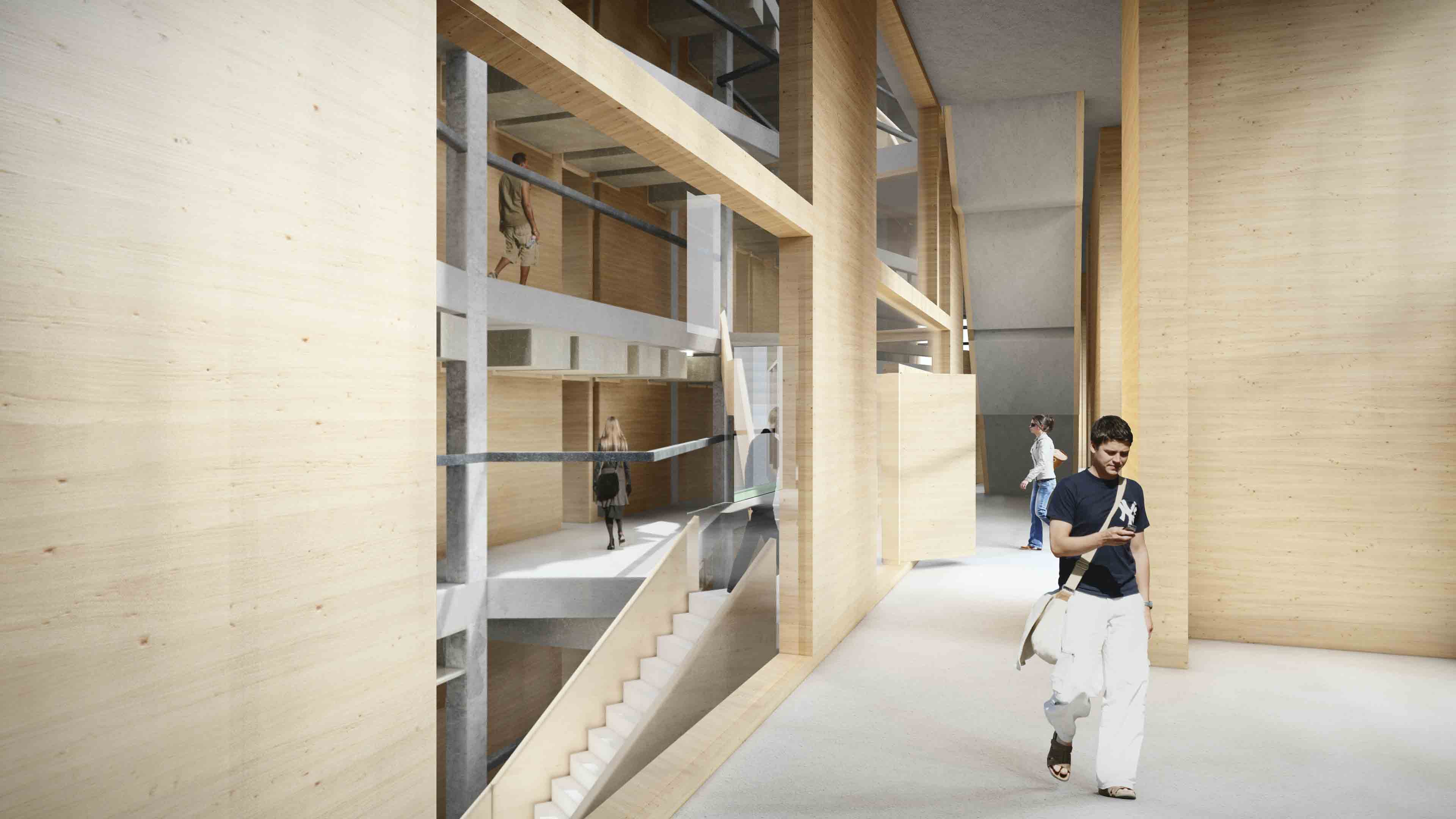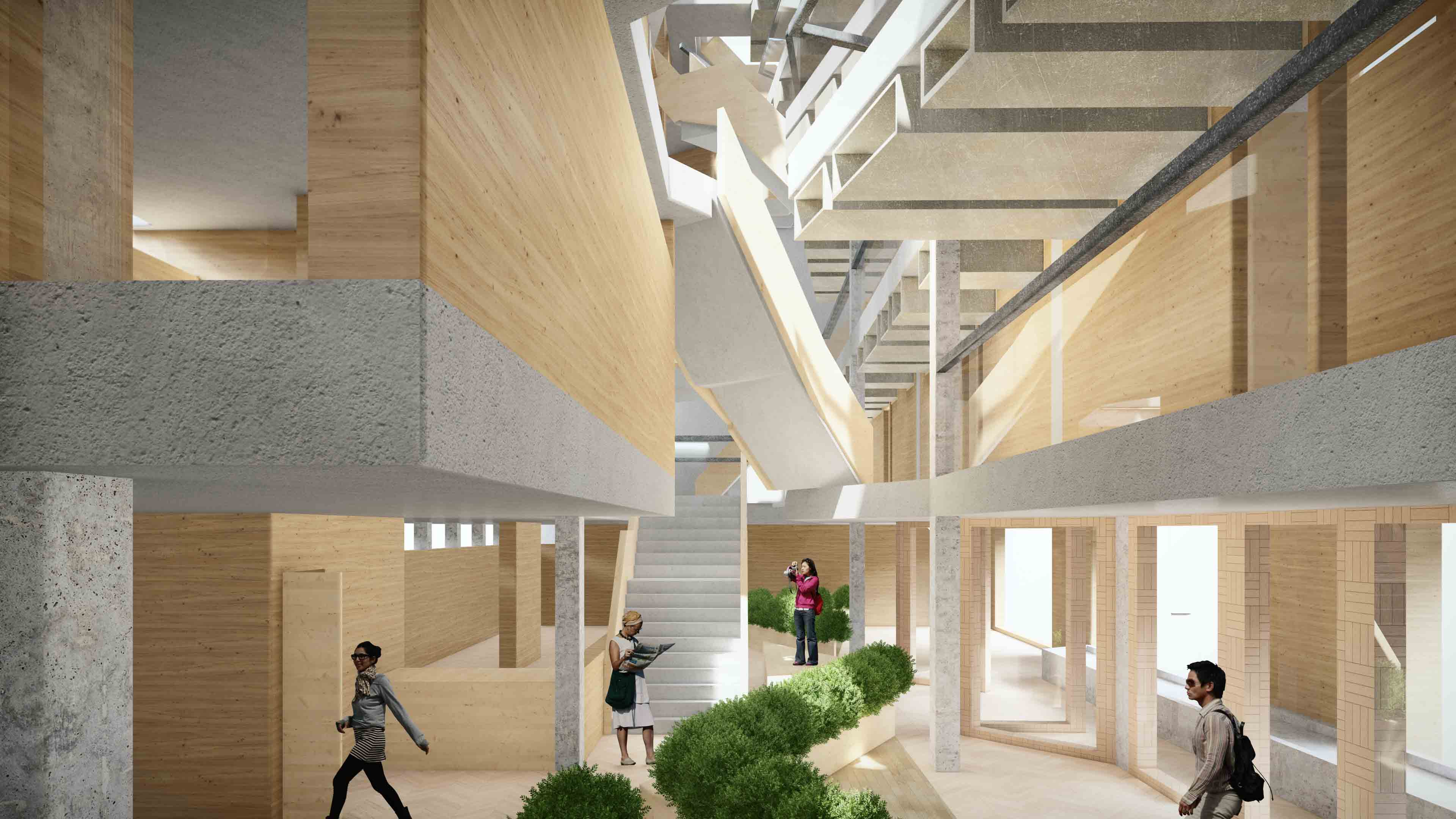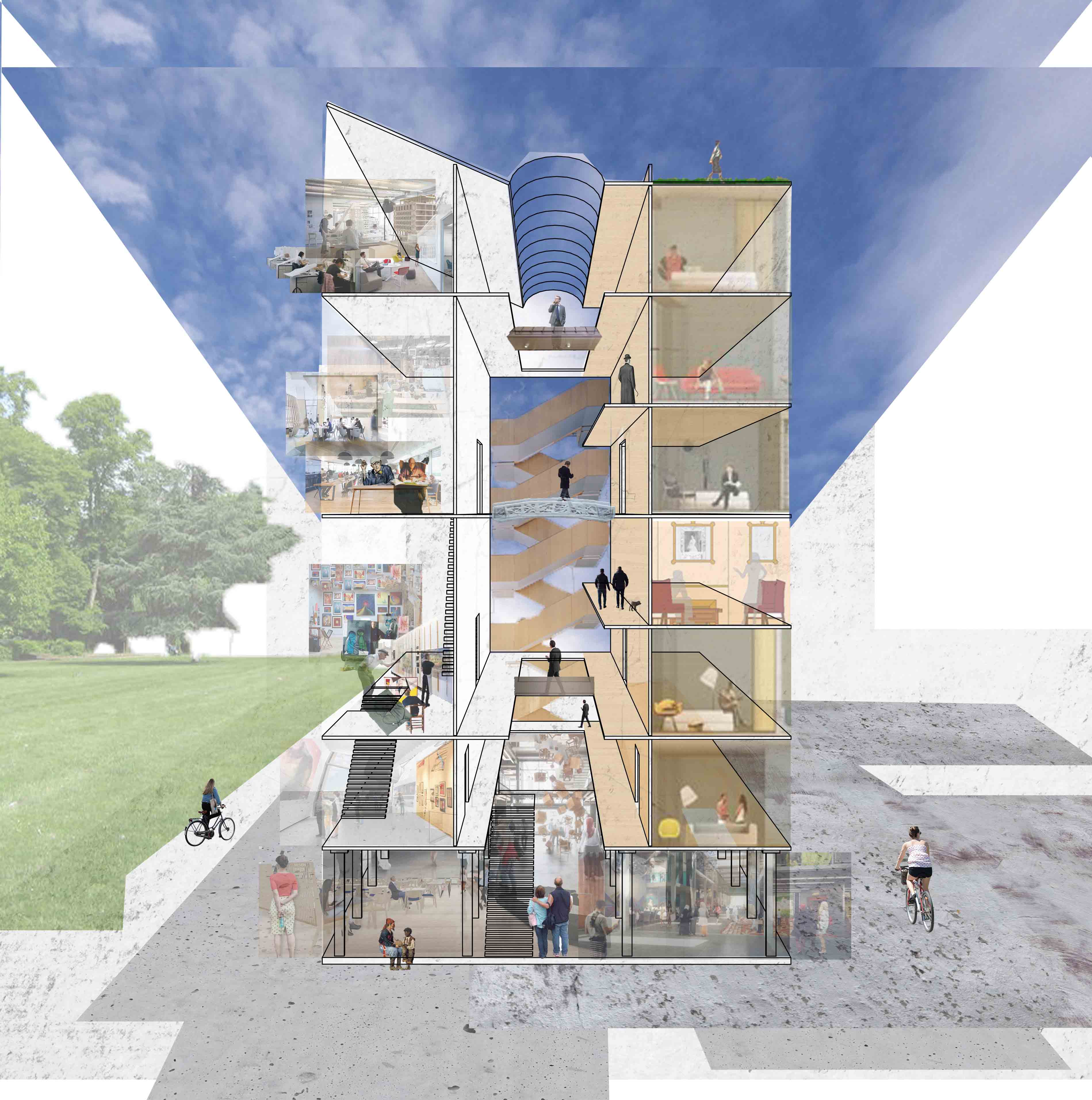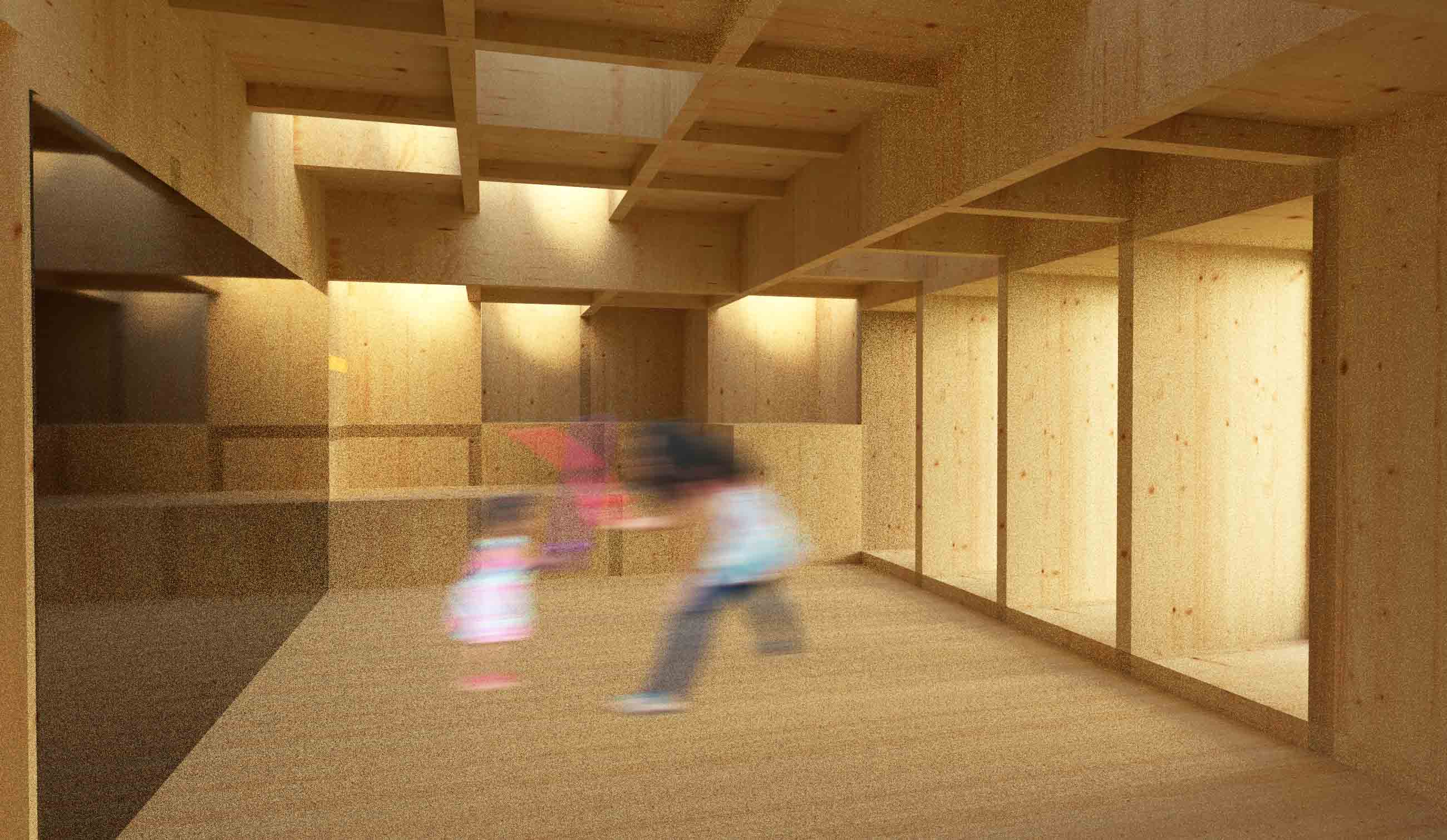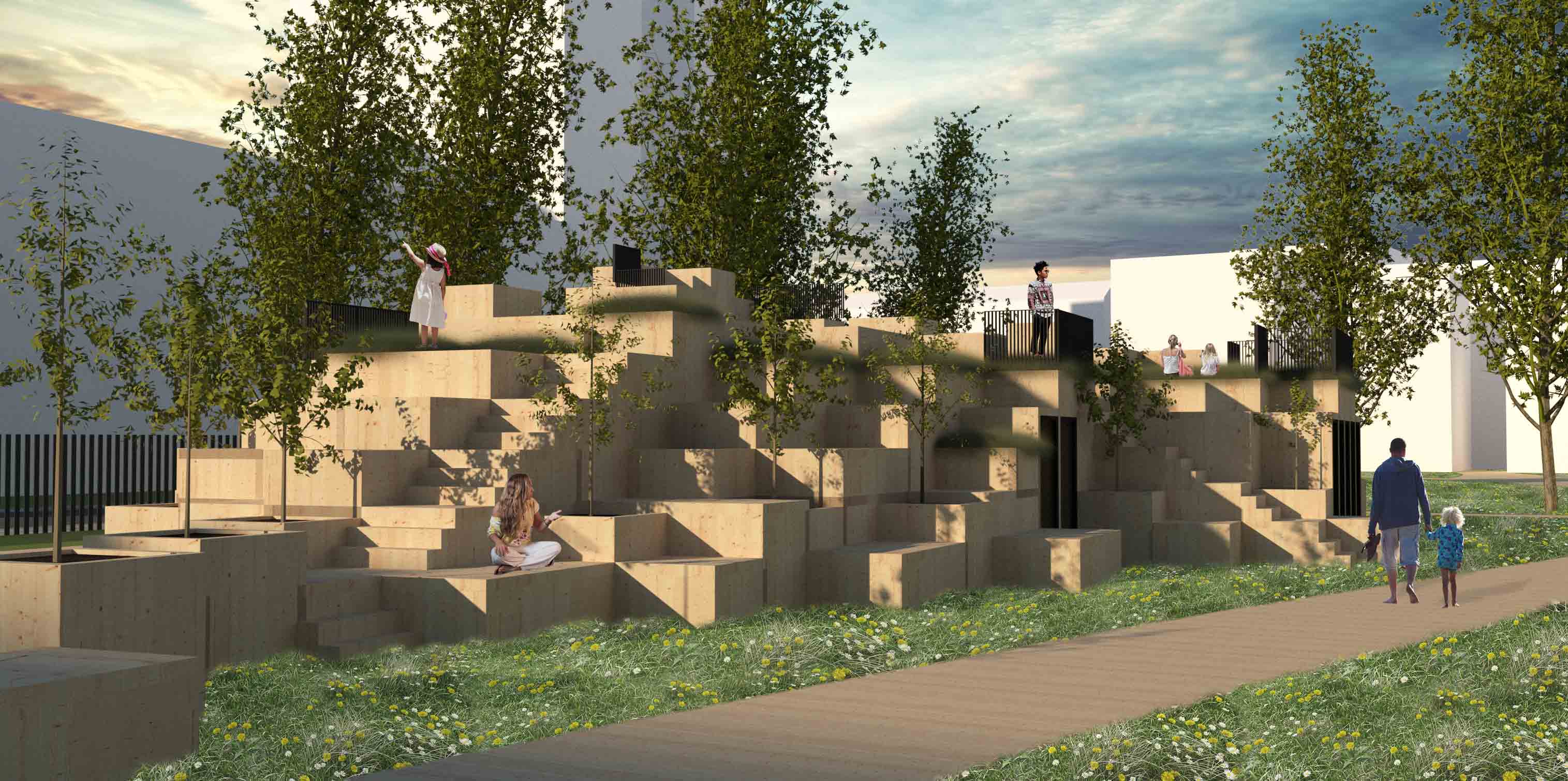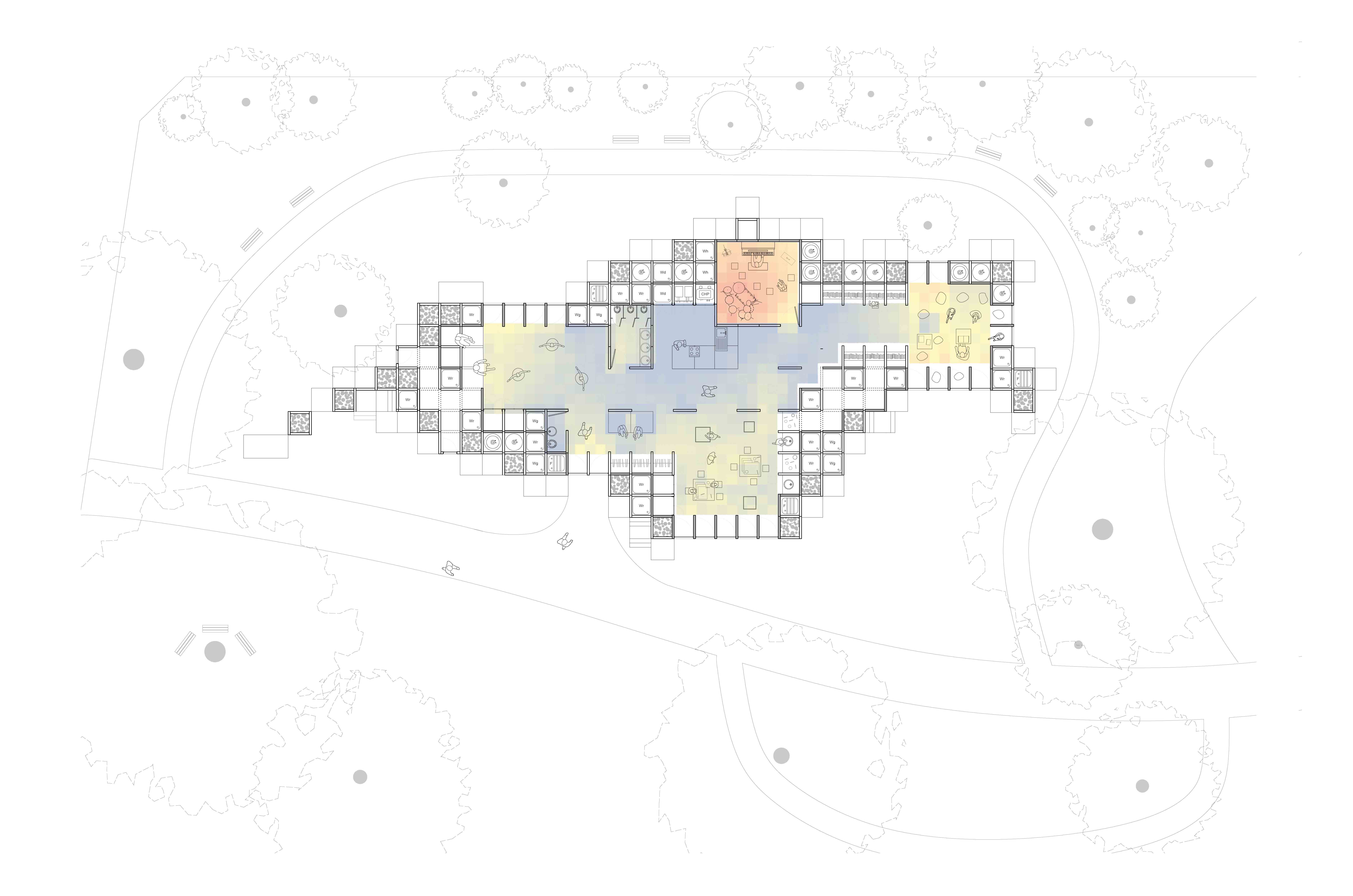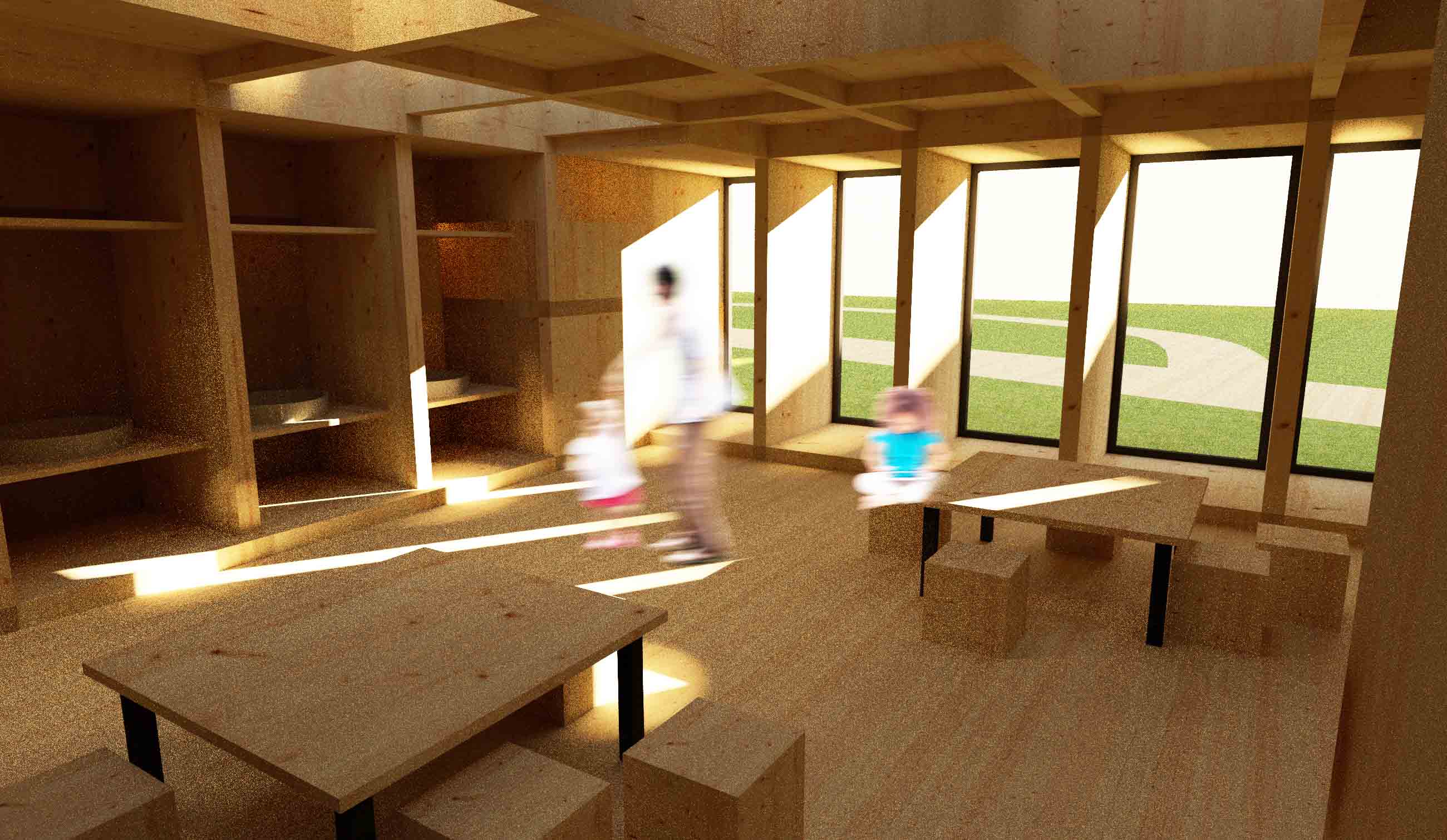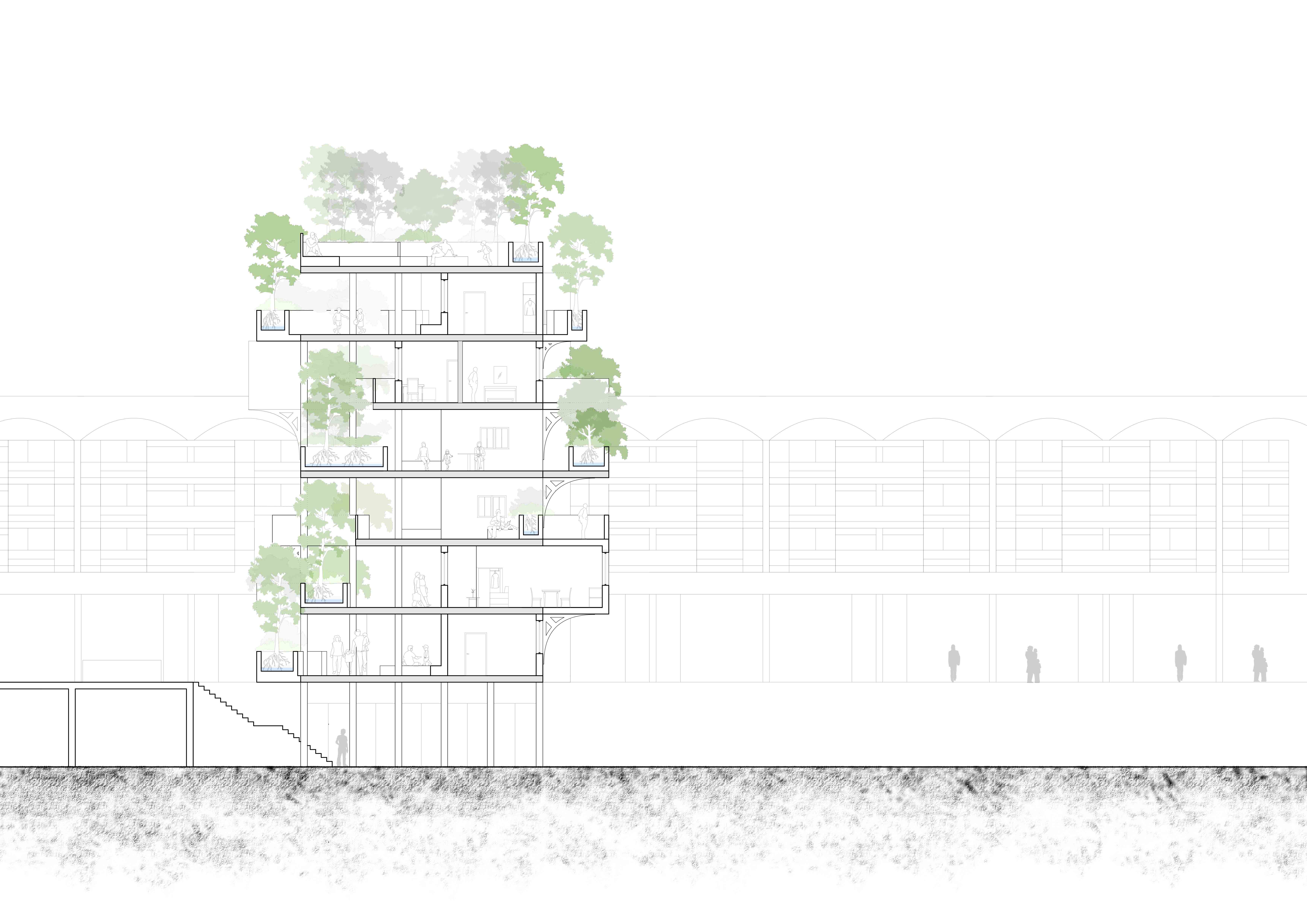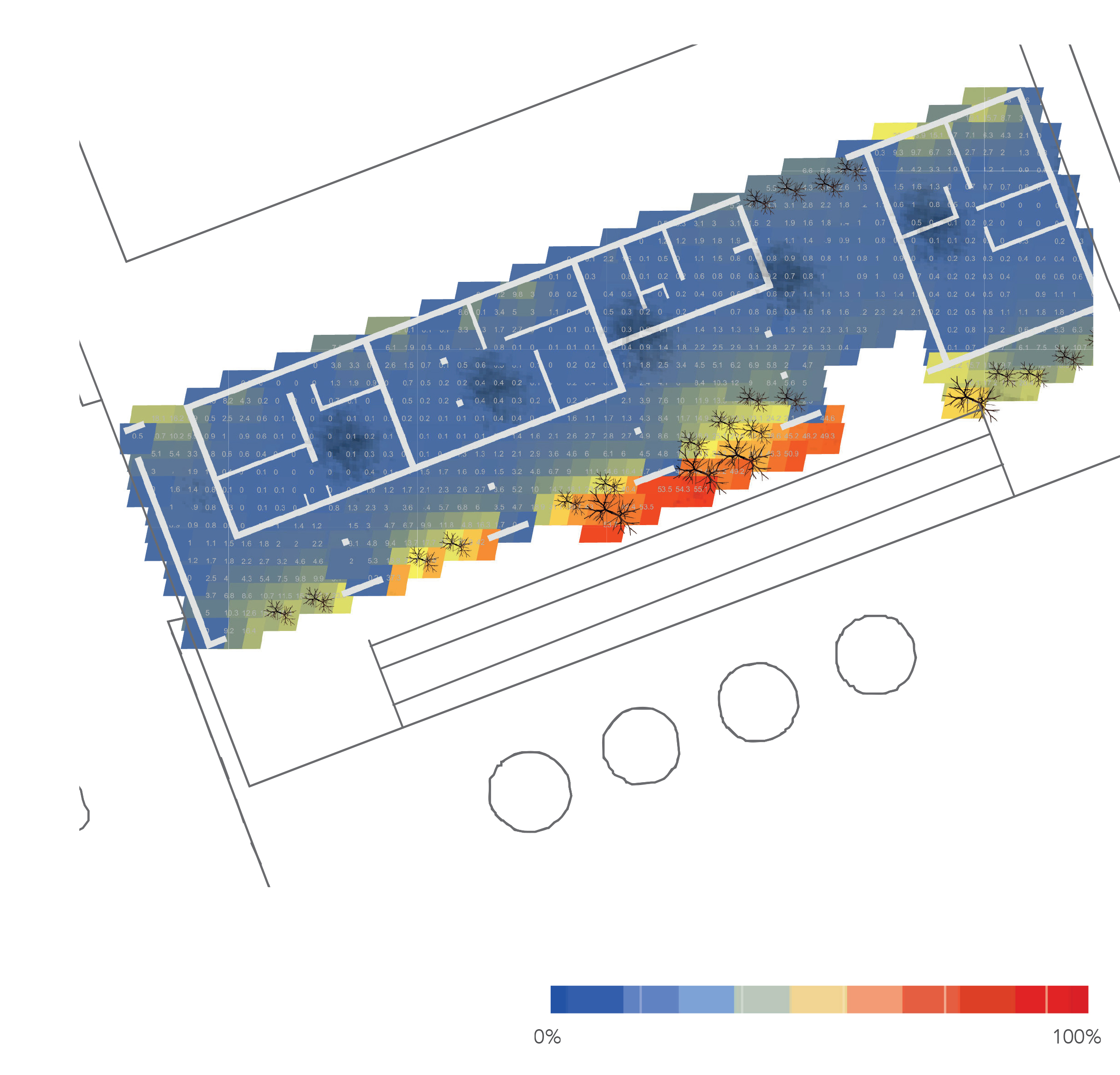BSc Architecture and Environmental Design Year 2 ARCHIVE
Tutors: Stefania Boccale i, Benson Lau & Rosa Schiano-Phan
Stefania Boccaletti studied, practised and taught Architecture in Italy, Canada and England. Throughout her career as a practitioner and academic she has developed an interest in the impact of digital tools on the design and fabrication process in the eld of architecture.
Benson Lau is an architectural and environmental practitioner and academic with expertise in Collaborative Evidence-Based Design. He has been engaged in practice internationally since 1996 and joined academia in 2005 to share his passion and experience in bioclimatic architecture and the poetics of light with students.
Rosa Schiano-Phan is the Course Leader of the MSc Architecture and Environmental Design and co-director of Natural Cooling Limited. She has extensive experience in the eld of environmental design devoting most of her career to consultancy and research. She is the co-author of The Architecture & Engineering of Downdraught Cooling published in 2010.
YEAR 2: Spatial Poetics and Human Comfort in the Age of Climate Change Challenges
Building on ‘Sensing the Environment’,Transformation and Application are the two concepts exemplifying the ethos informing the learning in the 2nd year Architecture and Environment Design course. 2nd year students were introduced to the tools to move from intuitive design thinking acquired in first year to an evidence-based approach [Transformation]; at the same time, evidence- informed design enabled students to apply environmental design principles to the development of their design proposals [Application].
Through the four briefs assigned during the academic year, students were introduced to analogue and digital tools that allowed them to represent, analyse and understand the urban and environmental contexts with quantifiable analytical and predictive insights. The transferability of skills was also ensured by focusing all four briefs on the same site of intervention: the Golden Lane Estate in the Barbican, London.
The first brief introduced students to the analogue and digital skills to analyse, compute and communicate both the urban characters of the Golden Lane Estate and the environmental data generated through eld work and simulations. The outcomes of the studies on the luminous, air, wind, thermal and acoustic environments gave students a rich set of data from which to generate responsive environmental design strategies that informed the design of the One o’clock Club [Brief 2].
Brief 3 and 4 explored the impacts of climate change on the performance of existing buildings, in particular on Cullum Welch House in the Golden Lane Estate. Firstly, students analysed climatic predictions for London in 2050 to understand what challenges urban environments will confront. Secondly, based on these predictions which foresee increases in global temperatures, change in wind speed and pattern, decrease in rainfalls in the summer followed by sudden increases in winter, students developed performance-based design proposals to retro t Cullum Welch House to improve its resilience to the future climatic challenges.










